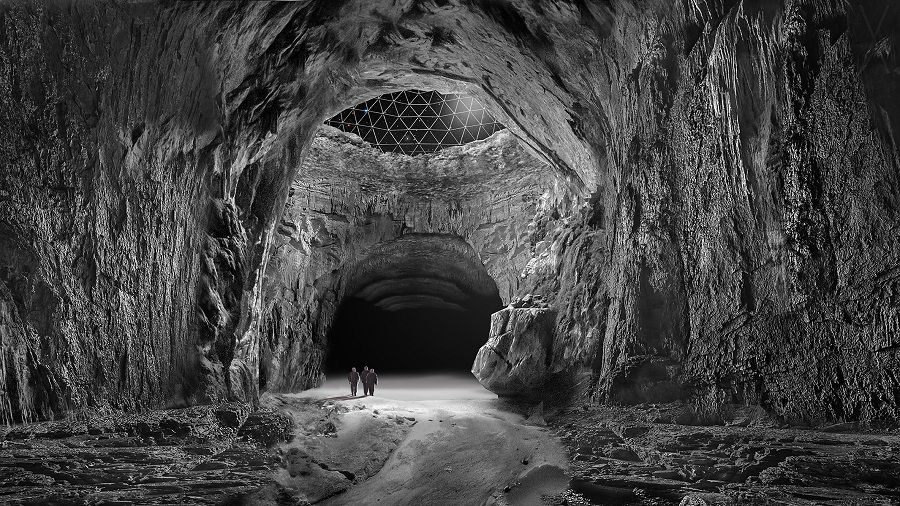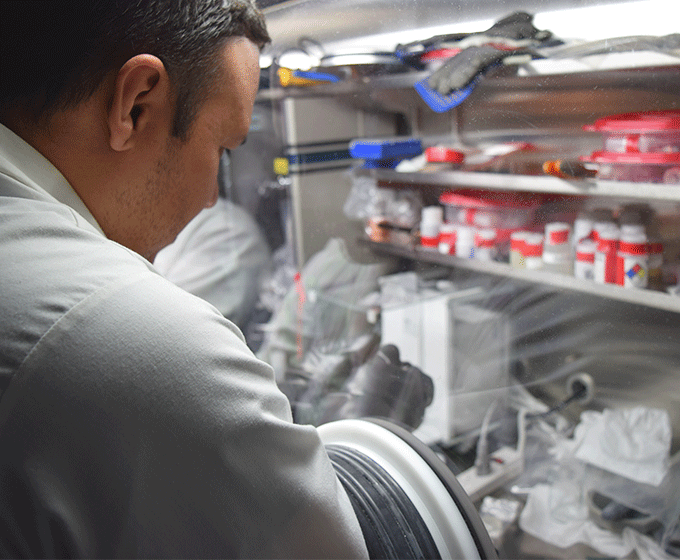
San Antonio innovators advance exploration of the moon ahead of human settlement with lunar cave research
Later this year, a group of three local scientists will take a canine-like robot — the popular Spot model, developed by Boston Dynamics — and venture deep into a South Texas cave.
The upcoming venture into the Earth's crust marks the latest step by the group of experts to develop a detailed step-by-step set of recommendations that will allow NASA and other organizations to plan exploratory missions on the Moon using similar technologies to identify, carefully map out and get accurate readings of a lunar lava tube site ahead of human arrival and settlement.
The partnership by the San Antonio-based WEX Foundation, Exploration Architecture Corporation (XArc) and Southwest Research Institute (SwRI) has already produced an initial set of recommendations that were recently published in the prestigious Planetary Science Journal of the American Astronomical Society (AAS) in an article titled Leto Mission Concept for Green Reconnaissance of the Marius Hills Lunar Pit.
San Antonio team is focused on initial exploratory missions to map and obtain baseline data using a lidar robot without disturbing or inadvertently contaminating potential sites for future settlements.

Spot, by Boston Dynamics. The researchers will outfit a similar robot with various instruments to undertake the exploration of local caves — an essential part of providing additional recommendations to inform some of the first unmanned exploratory missions of the Moon.

